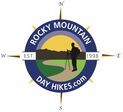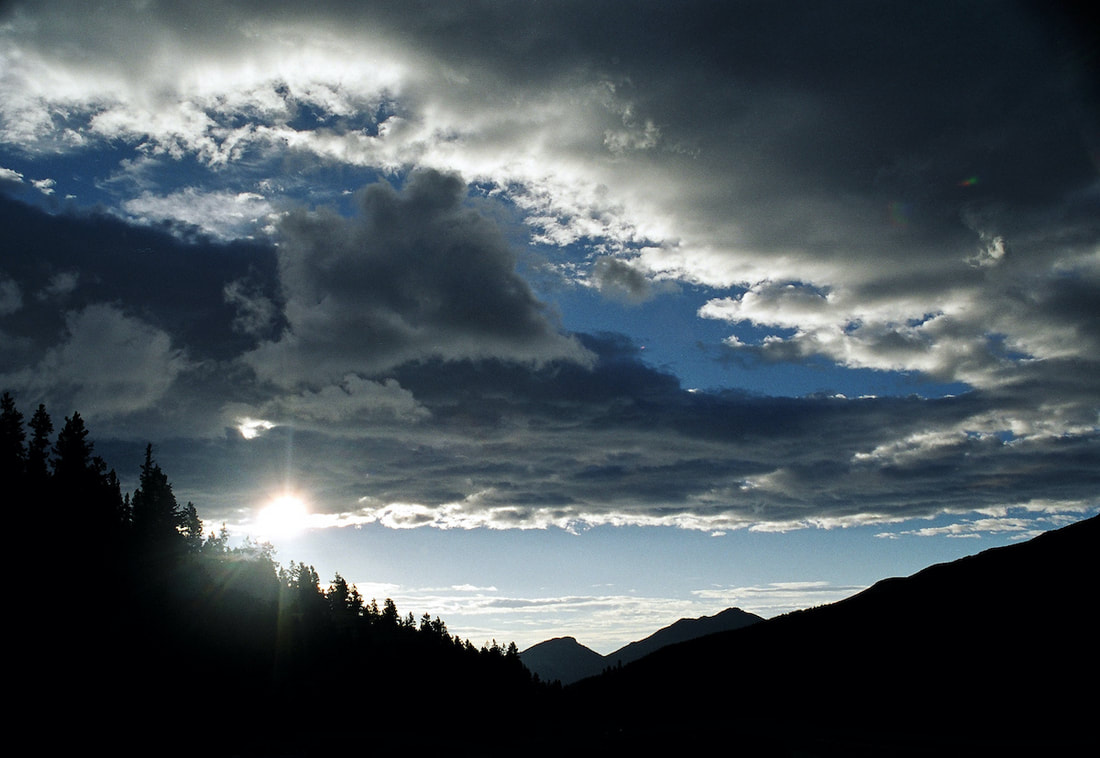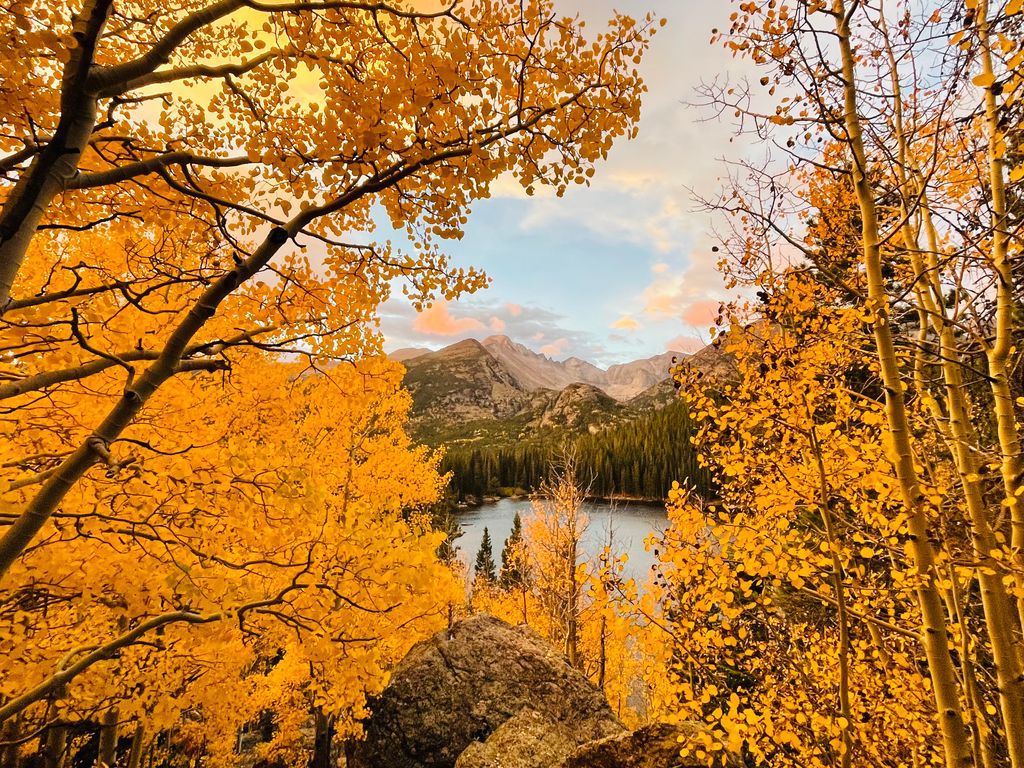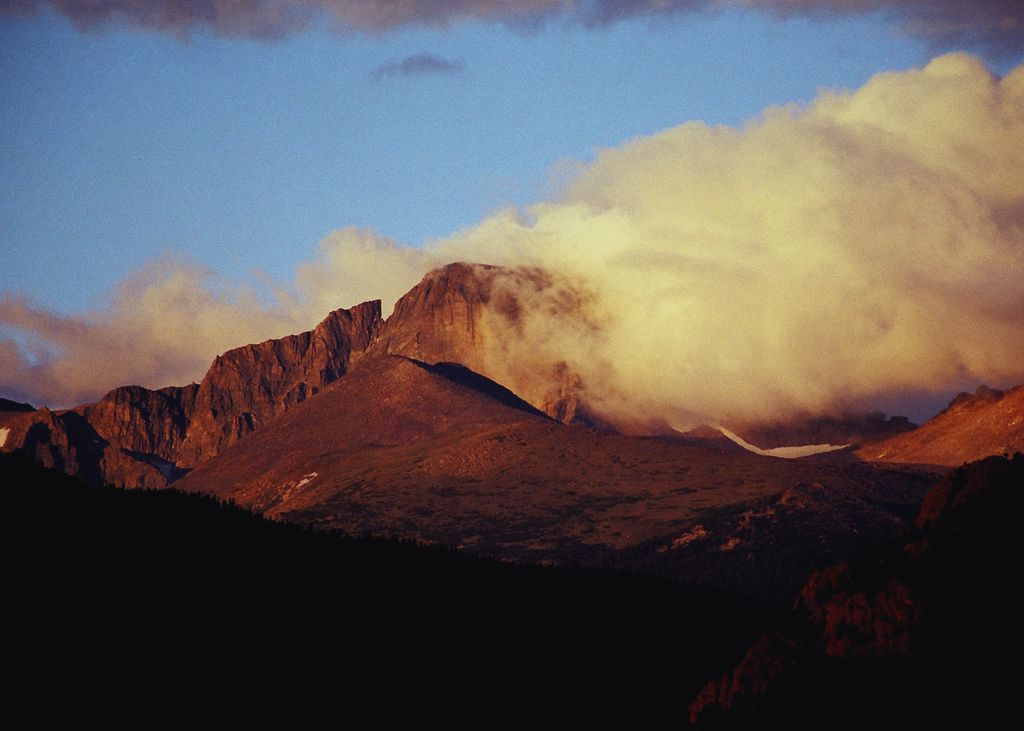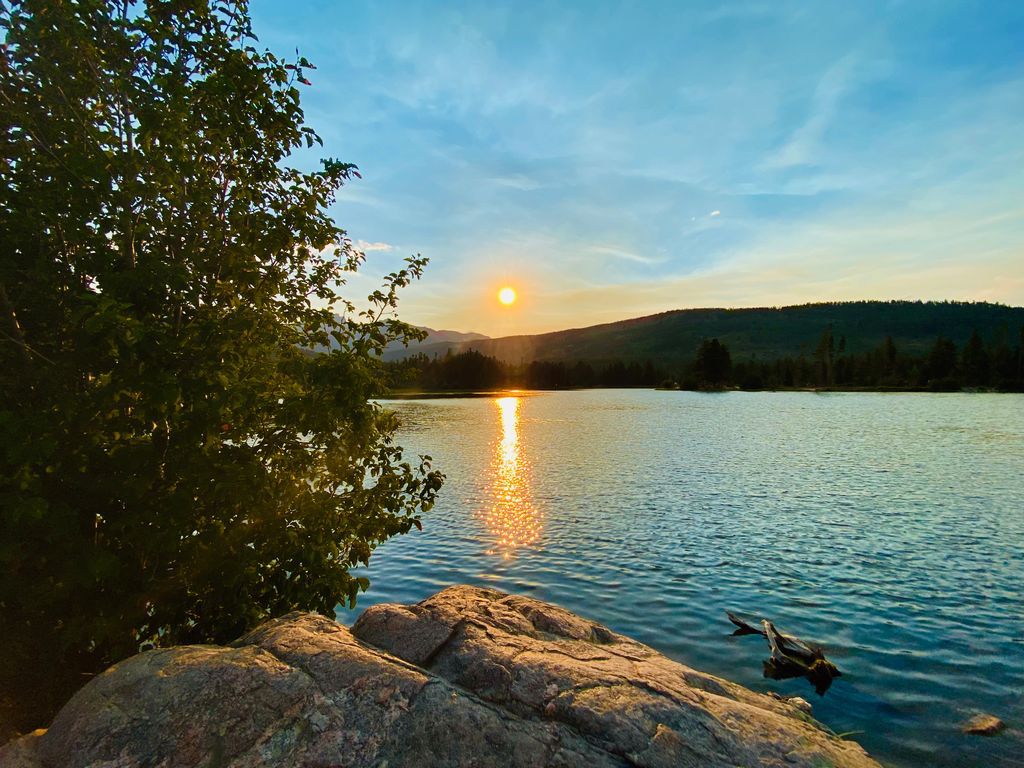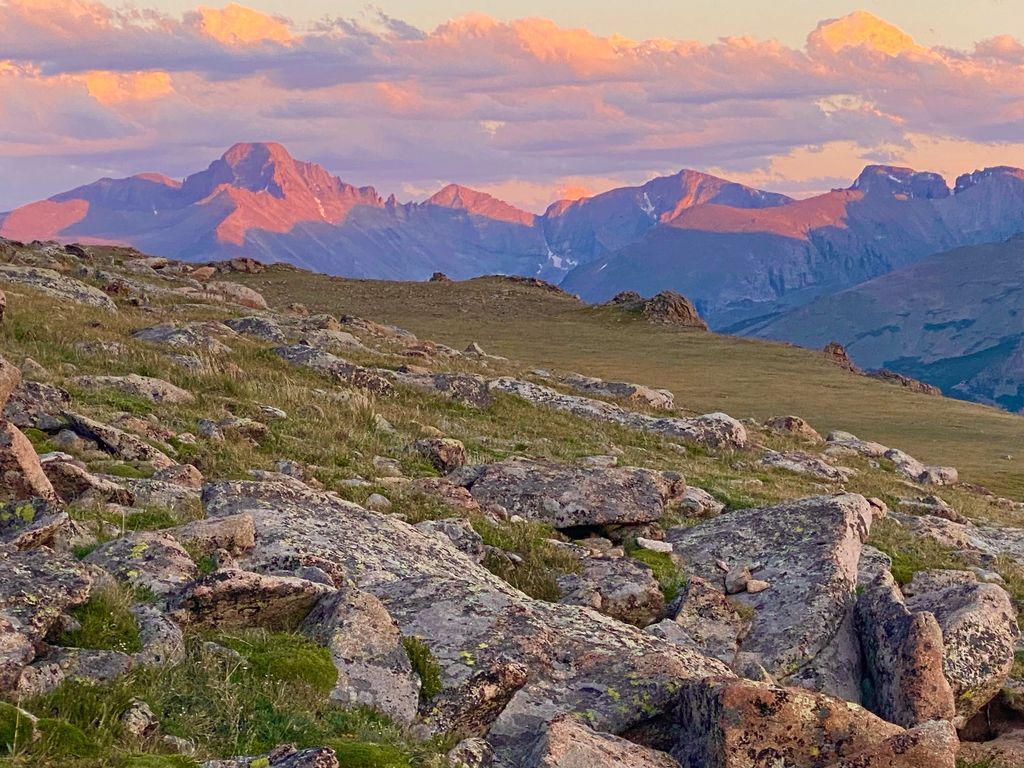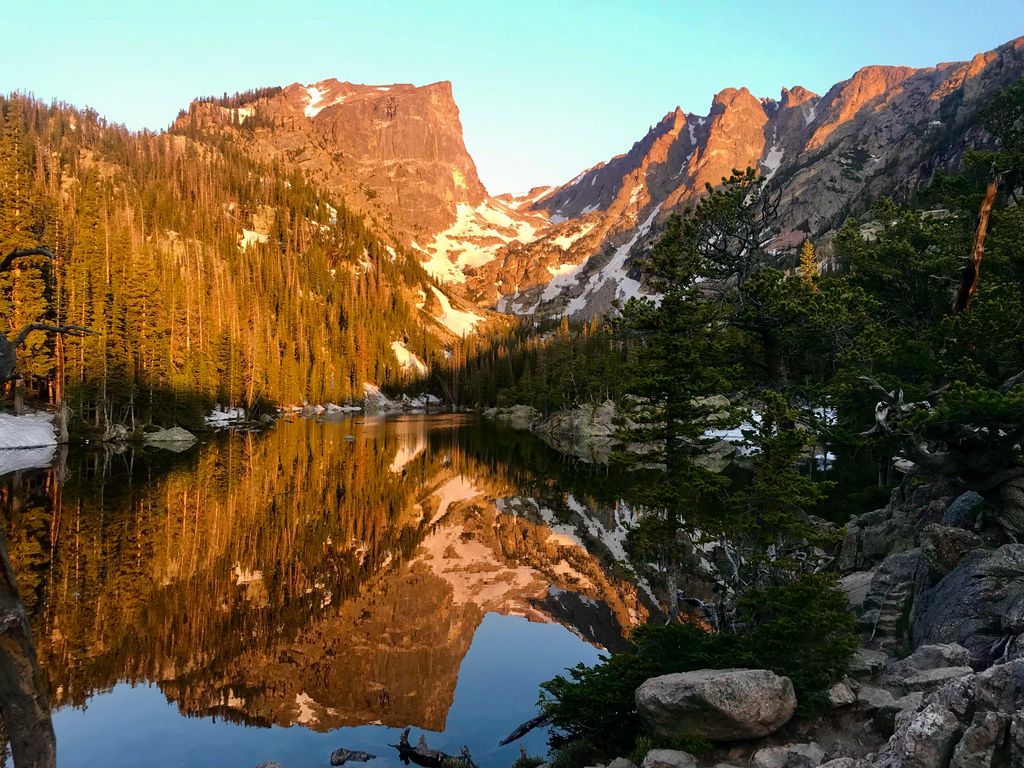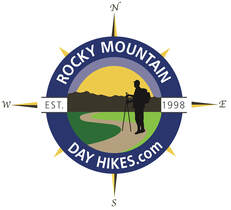|
Notes from the
Trail |
|
Chasing the Light: Best Places for Sunrise and Sunset in RMNP By Jamie Palmesano, Brownfield's The high country of Rocky Mountain National Park is famous for many things—towering peaks, alpine lakes, bugling elk. But for photographers and hikers alike, nothing rivals the drama of sunrise and sunset in these mountains. In those fleeting minutes, light transforms the landscape into glowing golds, fiery reds, and deep purples. Knowing where to stand—and when—makes all the difference. Here’s a guide to some of the best spots in RMNP to capture the park’s daily light show. Sunrise Hotspots Dream Lake (Bear Lake Corridor) Perhaps the park’s most iconic sunrise location, Dream Lake sits framed by Hallett Peak and Flattop Mountain. In early morning, the first light strikes the cliffs directly, while the lake mirrors the glow. It’s a short 1.1-mile hike from Bear Lake Trailhead, making it accessible for early risers willing to start before dawn. Arrive early—this spot is popular with photographers year-round. Sprague Lake For those who prefer less hiking in the dark, Sprague Lake offers a level loop with wide views of the Continental Divide. At sunrise, the still waters often reflect peaks like Taylor and Otis bathed in pink and orange alpenglow. The lake’s eastern exposure means the light arrives fast—have your camera ready. Trail Ridge Road Pullouts Above treeline, the pullouts between Many Parks Curve and Forest Canyon Overlook provide panoramic sunrise views over the Mummy Range. On clear mornings, the entire eastern horizon lights up, while valleys below often fill with fog. The catch: Trail Ridge Road is open seasonally. Chasm Lake For a more adventurous sunrise, consider Chasm Lake beneath Longs Peak. It’s a strenuous 8-mile roundtrip hike, but the reward is watching first light blaze across the Diamond, Longs’ famous east face. Few sights in RMNP are more dramatic. Sunset Showcases Moraine Park Known for its sweeping meadows and abundant elk, Moraine Park is equally renowned for sunsets. The valley floor opens wide views west toward the Continental Divide. Evening light often paints the sky in pinks and purples, while elk herds provide foreground action in September and October. Bear Lake At sunset, Bear Lake itself isn’t the main attraction—but the surrounding ridges catch evening light beautifully. Reflections on the water can glow warm orange just before dusk. For even better views, hike a short distance toward Nymph or Dream Lakes and turn back east as the sun dips. Many Parks Curve (Trail Ridge Road) This overlook is famous for its wide perspective eastward over Estes Valley. As the sun sets behind the Divide, the foreground forests and meadows are washed in soft twilight. On clear evenings, colors linger long after the sun disappears. Lily Lake Just outside the main park entrances, Lily Lake provides an easy access point for sunset photography. The lake sits beneath Twin Sisters Peaks, which catch the last light of the day. A loop trail allows for multiple angles—perfect for experimenting with reflections and silhouettes. Tips for Photographing Sunrise and Sunset in RMNP
Whether it’s the alpenglow igniting Hallett Peak above Dream Lake or the last golden rays washing across Moraine Park, sunrise and sunset in Rocky Mountain National Park are worth chasing. The moments are fleeting, but the memories—and the photographs—linger long after the light fades. So pack your camera, set the alarm, and let the park show you its best colors.
0 Comments
Leave a Reply. |
"The wild requires that we learn the terrain, nod to all the plants and animals and birds, ford the streams and cross the ridges, and tell a good story when we get back home." ~ Gary Snyder
Categories
All
“Hiking -I don’t like either the word or the thing. People ought to saunter in the mountains - not hike! Do you know the origin of the word ‘saunter?’ It’s a beautiful word. Away back in the Middle Ages people used to go on pilgrimages to the Holy Land, and when people in the villages through which they passed asked where they were going, they would reply, A la sainte terre,’ ‘To the Holy Land.’ And so they became known as sainte-terre-ers or saunterers. Now these mountains are our Holy Land, and we ought to saunter through them reverently, not ‘hike’ through them.” ~ John Muir |
© Copyright 2025 Barefoot Publications, All Rights Reserved
